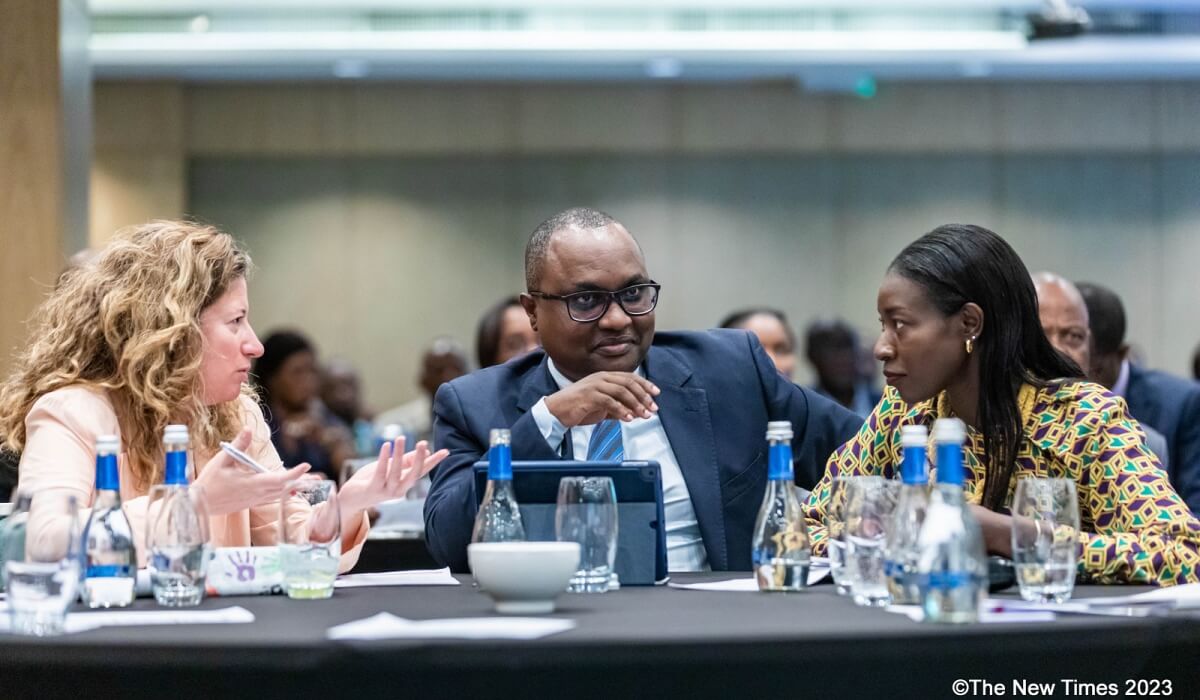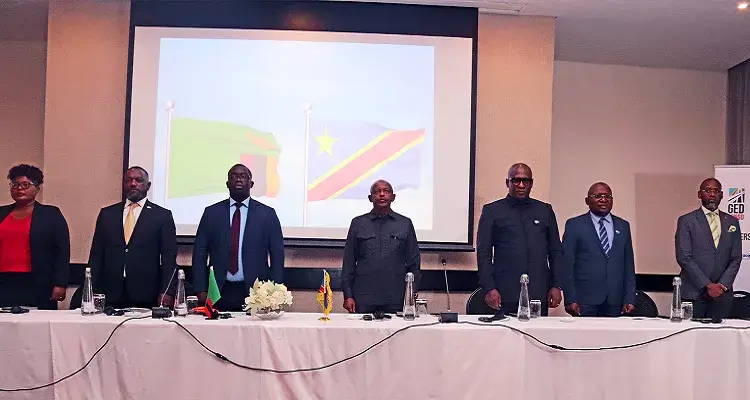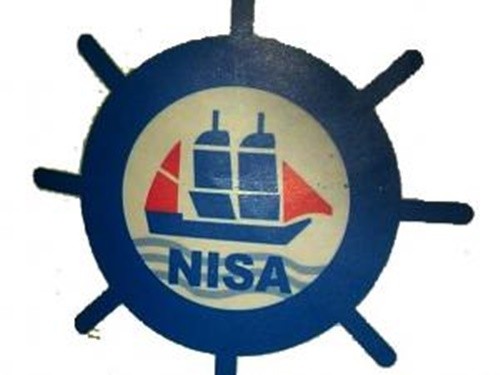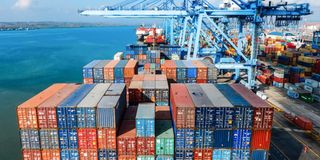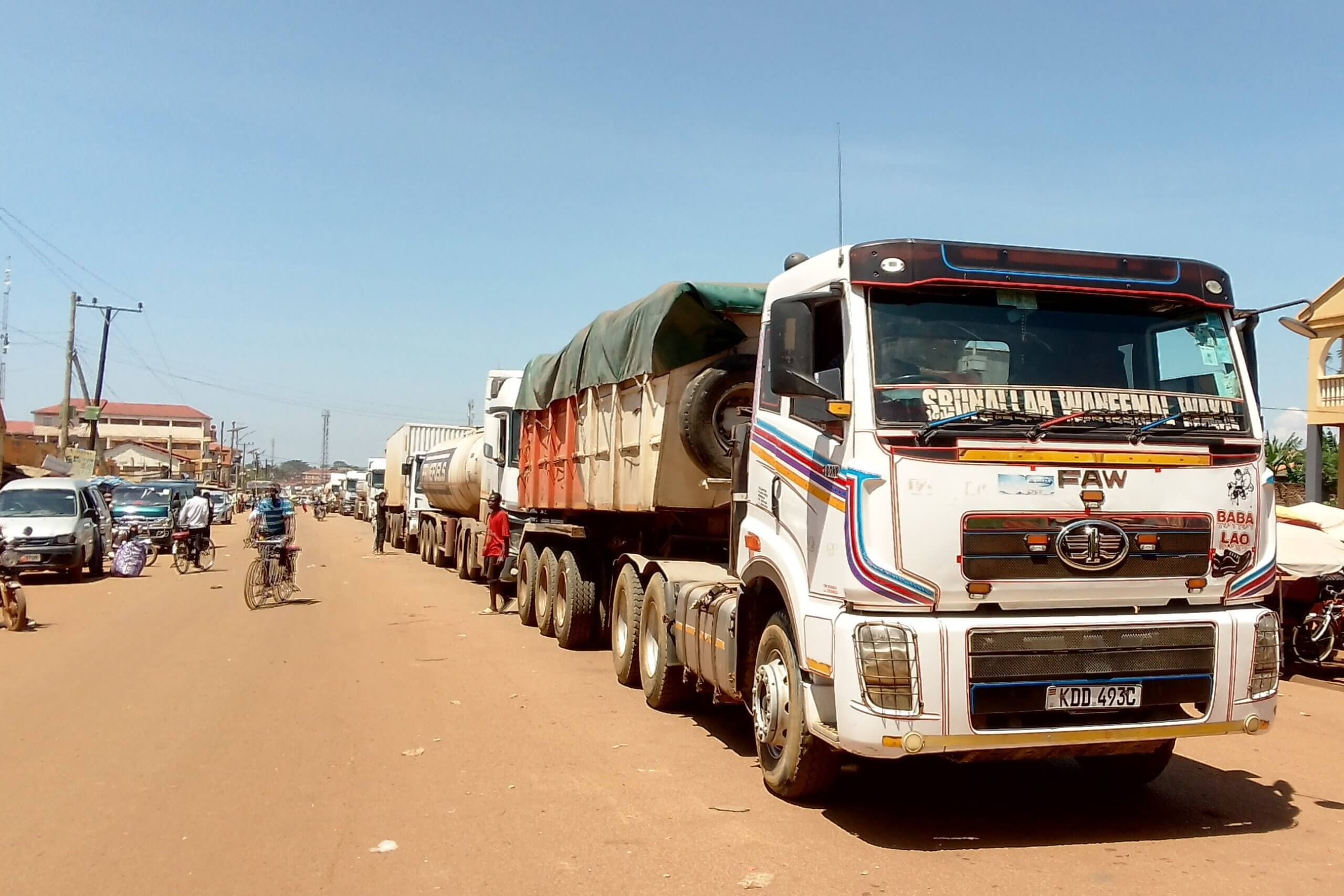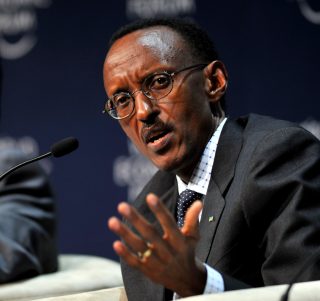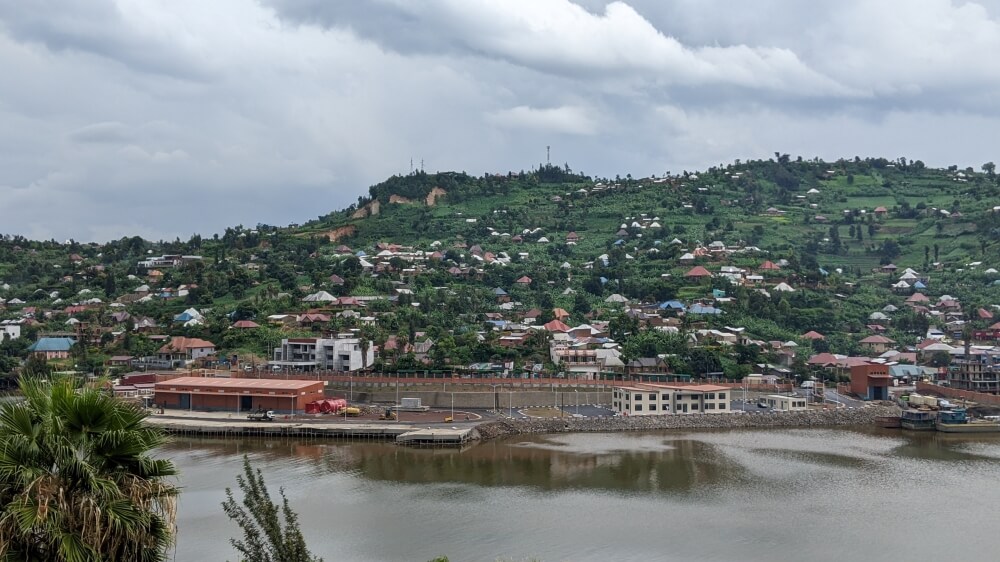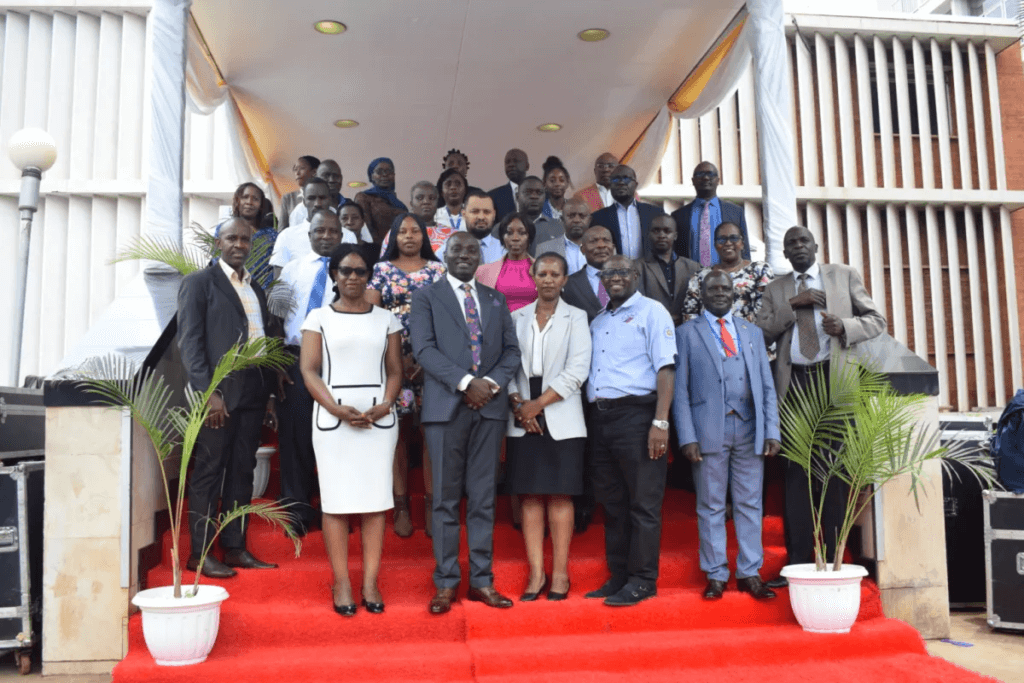Rwanda has made efforts to enhance its oversight of food quality and plant health, known as phytosanitary capacities. The goal is to bring these systems in line with global standards, ensuring that Rwandan products meet international requirements. According to experts, this is due as Rwanda prepares to engage in trade within the African Continental Free Trade Area (AfCFTA), where adherence to high-quality standards is essential for successful and seamless cross-border commerce. On Friday, November 17, insights emerged during a validation workshop of Rwanda's food control system and phytosanitary capacity evaluation. The event, attended by prominent figures such as Jean-Chrysostome Ngabitsinze, Rwanda's Minister of Trade and Industry, Coumba Sow, FAO Representative in Rwanda, Dr Brian Chirombo, World Health Organization Representative, Amparo Gonzalez Diez from the delegation of the European Union to Rwanda, as well as representatives from food standards institutions and producers, shed light on Rwanda's commitment to enhancing its food control infrastructure. During a press interview, Ngabitsinze emphasised the substantial costs associated with adhering to international standards. He outlined the need for funding to establish infrastructure and labs equipped to meet these standards, estimating a requirement of over Rwf1.5 billion for the labs and a total project implementation cost exceeding Rwf4 billion. "This ongoing project involves collaboration with key entities such as FAO, EU, and TradeMark East Africa. The initiative aims to foster collaboration between grassroots actors, including farmers, and authorities and food producers, ensuring the production of high-quality goods," he said. Ngabitsinze expressed the urgency of preparing Rwanda for...
Rwanda: Inside FAO, EU, Rwanda’s Initiative to Strengthen Food Quality, Plant Health
Posted on: November 23, 2023
Posted on: November 23, 2023

